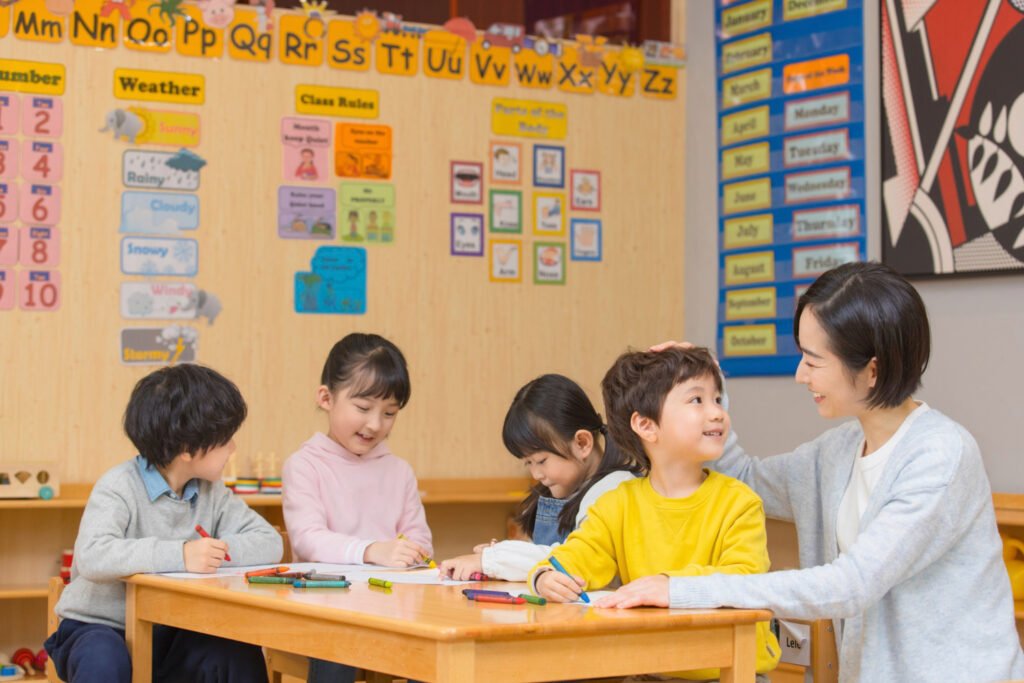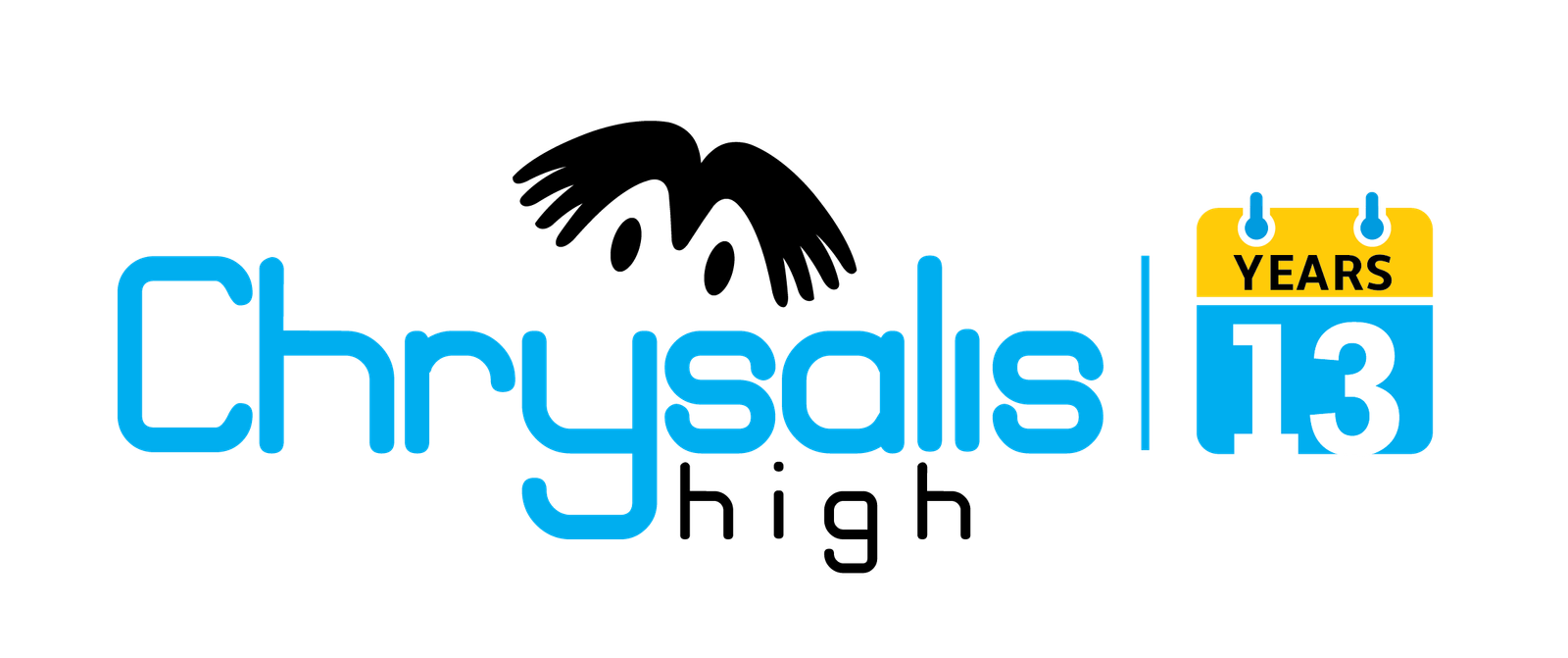This blog has discovered 13 innovative teaching methods, such as personalised learning, hands-on projects, and AI integration, designed to charm students and prepare them for the future. Thus, uncover innovative methods that go beyond traditional teaching, encouraging engagement and skill development. From customise learning experiences to real-world projects, these strategies ensure students are prepared for the challenges of tomorrow. Hence, it holds the future of education with dynamic approaches that inspire interest and creativity, finally shaping well-rounded students ready to succeed in an ever-evolving world.
In recent days, the field of education has experienced significant transformations, caused by technological advancements, societal changes, and a growing understanding of diverse learning needs. This dynamic landscape has encouraged educators to explore and adopt innovative teaching methods that go beyond traditional approaches.
Need for Innovation in Teaching

The need for innovation in teaching comes from the evolving nature of knowledge, the various learning styles of students, and the demands of a rapidly changing world. Traditional teaching methods may not always be effective for students or prepare them for the challenges they will face in the future. Innovations in teaching methods help to bridge this gap by promoting a more interactive, dynamic, and personalised learning experience.
Purpose of the List
The purpose of this list is to highlight 13 of the latest and most impactful innovative teaching methods. Each method is accompanied by examples to illustrate how educators can implement them in their classrooms.
- Flipped Classroom Model
Example: Students review instructional materials online before class, allowing class time for interactive discussions and activities.
- Project-Based Learning
Example: Students collaborate on real-world projects, applying theoretical knowledge to practical situations.
- Gamification in Education
Example: Using educational games to make learning more enjoyable and increase student motivation.
- Inquiry-Based Learning
Example: Encouraging students to ask questions, investigate topics, and develop critical thinking skills.
- Peer Teaching
Example: Students take turns teaching concepts to their peers, reinforcing their understanding.
- Blended Learning
Example: Combining traditional classroom instruction with online resources and activities.
- Personalized Learning Paths
Example: Tailoring learning experiences to individual student needs, pace, and interests.
- Augmented Reality (AR) in Education
Example: Using AR to provide interactive and immersive educational experiences.
- Mind Mapping and Concept Mapping
Example: Visualizing and organising ideas to enhance understanding and memory retention.
- Socratic Seminars
Example: Engaging students in open-ended discussions to promote critical thinking and communication skills.
- Collaborative Online Platforms
Example: Online tools for collaborative projects, discussions, and resource sharing.
- Real-World Simulations
Example: Creating scenarios that simulate real-world situations to enhance practical knowledge.
- Adaptive Learning Technologies
Example: Using technology to personalise learning experiences based on individual student performance and preferences.
Innovative Teaching Strategies:

Personalized Learning
Personalized learning involves tailoring teaching methods and materials to meet the unique needs of each learner, recognizing that students have diverse learning styles, paces, and preferences. This approach shifts away from a one-size-fits-all model, fostering a more student-centric educational experience. Teachers adapt their instructional strategies, content, and assessments to accommodate individual strengths and challenges, promoting a deeper understanding of the subject matter.
For example, in a personalised learning environment, a teacher may use various resources, such as multimedia, interactive simulations, or hands-on activities, to cater to different learning preferences. Additionally, students might have personalized learning plans outlining goals and milestones based on their progress. By acknowledging and accommodating individual differences, personalized learning strives to enhance engagement, motivation, and overall academic achievement, creating a more effective and inclusive educational experience.
Project-Based Learning
Project-Based Learning (PBL) involves students collaboratively working on a project that spans an extended period and addresses real-world issues. This method encourages critical thinking, problem-solving, and the application of knowledge in real-world situations. For example, a high school science class could embark on a PBL endeavour to address local environmental concerns. Over several weeks, students might investigate water quality in a nearby river, conducting experiments and analyzing data. They could collaborate with local environmental agencies to understand real-world challenges and propose sustainable solutions. This hands-on experience not only enhances scientific understanding but also develops teamwork, communication, and research skills. Through PBL, students actively engage with authentic problems, making their learning meaningful and preparing them for the complexities of the real world.
Jigsaws
Jigsaws is a collective learning process where students collaboratively become experts on specific aspects of a topic and then share their knowledge with their peers. For example, in a history class studying World War II, students could be assigned different aspects such as key battles, political leaders, and home front experiences. Each student becomes an expert on their assigned area, and then they teach their findings to classmates who focus on different aspects. This approach promotes teamwork, individual responsibility, and a complete understanding of the overall subject as students piece together their collective expertise like a jigsaw puzzle.
Asking Open-Ended Questions
Open-ended questions promote essential thinking by requiring thoughtful responses rather than simple yes or no answers. These questions prompt individuals to analyse, evaluate, and express their thoughts, enabling a deeper understanding of a topic. For example, instead of asking, “Did you like the book?” pose an open-ended question like, “What parts of the book echoed with you and why?” This makes the respondent reflect on specific elements, express fine opinions, and engage in a more meaningful conversation, promoting intellectual exploration and enhancing cognitive skills.
Flipping the Classroom
Flipping the classroom involves a reversal of traditional learning methods. Students study new material alone at home through videos or readings, and class time is then dedicated to practical application and in-depth discussions. For example, in a math class, students might watch instructional videos on a new concept as homework. During the next class, they engage in problem-solving activities, seeking help from the teacher when needed. This approach fosters active learning, encourages student participation, and allows educators to provide targeted support. It capitalises on valuable face-to-face time for collaborative activities, enhancing comprehension and retention of the subject matter.
QR Codes
QR codes are two-dimensional barcodes that can be checked with a smartphone to quickly access information. They are widely used to provide instant access to additional resources and materials. For example, a museum might place QR codes next to exhibits, allowing visitors to scan them for detailed information or audio guides. This enhances user experience by delivering supplementary content effortlessly. QR codes simplify and expedite accessing digital resources, making them a versatile tool for sharing information in various contexts.
Inquiry-Based Learning
Inquiry-Based Learning (IBL) is a process where students actively engage in the learning process by formulating questions, conducting research, and presenting their findings. Instead of traditional lecture-based methods, IBL encourages interest and essential thinking. For example, in a science class, students might pose a question about the solar system, research relevant information, and then present their findings to the class. This method not only enhances students’ knowledge but also fosters independent thinking, problem-solving skills, and a deeper understanding of the subject through hands-on exploration and collaboration.
Culturally Inclusive Teaching
Culturally inclusive teaching embraces variety by integrating various cultural views. For example, when teaching history, educators can incorporate diverse narratives and perspectives, ensuring students see their cultural heritage represented. Instead of a particular viewpoint, lessons may explore global contributions, shedding light on different cultures’ roles. This approach not only fosters respect but also enriches the learning experience, promoting a sense of belonging for all students. By acknowledging and incorporating diverse cultural backgrounds, educators create an inclusive environment that celebrates the richness of each student’s identity.
Peer Teaching
Peer teaching is a combined learning method where students take on the role of teachers to explain concepts to their peers. This approach enhances understanding and communication skills by promoting active engagement and knowledge transfer. For example, in a science class, students can form pairs to teach each other about a specific topic. The process of communicating ideas and addressing questions not only supports the teacher’s understanding but also produces a supportive learning environment, encouraging mutual understanding and teamwork among students.
Feedback
In a high school biology class, the teacher prioritises timely and constructive feedback to enhance student learning. After a lab on cellular structure, each student receives personalised feedback highlighting their strengths and areas for improvement. For example, Sarah’s feedback praises her detailed observations but suggests a deeper analysis. Tim, on the other hand, is praised for his insightful questions but encouraged to enhance his note-taking. This approach helps students understand their progress, fostering a growth mindset. The teacher ensures feedback is delivered promptly, allowing students to apply suggestions in subsequent assignments. This emphasis on constructive guidance empowers students to actively engage in their learning journey, promoting continuous improvement and a deeper understanding of the subject matter.
Using AI in Education
Making use of AI in education revolutionises learning by tailoring experiences and simplifying administrative functions. AI’s ability to analyse student performance enables personalised learning paths, adapting to individual needs and pace. For example, an AI-powered adaptive learning platform can assess a student’s strengths and weaknesses, offering targeted lessons and practice materials.
On the administrative front, AI automates routine tasks like grading, attendance tracking, and scheduling. This efficiency allows educators to focus more on teaching and interacting with students.
How Innovation Can Help You Become Better at Teaching
Innovation in teaching is important for student engagement and addressing various learning needs. By incorporating new and creative strategies, educators can make lessons more interactive and relevant, capturing students’ attention and enhancing their understanding. For example, utilising technology such as interactive simulations or virtual facts can create immersive learning experiences that cater to various learning styles. This not only makes the learning process more enjoyable but also better prepares students for the dynamic challenges of the future. Embracing innovation in teaching provides educators stay adaptable, creating an environment that nurtures interest and equips students with essential skills for success in an ever-evolving world.
The Future of Innovative Teaching
Education is undergoing a transformative shift with emerging trends in technology and teaching methodologies. Virtual reality (VR) is increasingly playing a key role, offering immersive learning adventures that better material boundaries. Thus, gamification, incorporating game elements into education, enhances engagement and motivation. Also, blockchain technology ensures secure and transparent credential verification, revolutionising the validation of academic achievements. However, they also offer options to personalise learning, cater to diverse learning styles, and promote global collaboration. The future of innovative teaching lies in a dynamic fusion of VR, gamification, and blockchain, presenting a potential education towards more interactive, secure, and inclusive learning environments. Hence, by adapting and addressing challenges will be important in harnessing these tools to shape a brighter future for education.
At Chrysalis High, we aim to provide a complete education that goes beyond traditional teaching methods. As part of innovative education, we include 11 latest teaching methods that engage and motivate our students. These methods include project-based learning, flipped classrooms, gamification, collaborative learning environments, etc. By assuming these innovative techniques, our teachers create dynamic and interactive lessons that cater to various learning styles. To explore how our school integrates these cutting-edge teaching methods, visit our page on CBSE and ICSE schools in Bangalore. Here, we discover how our dedication to excellence extends beyond the classroom, shaping a well-rounded educational experience for our students.
FAQs:
What are traditional teaching methods?
Traditional teaching methods include lectures, textbooks, and teacher-centred approaches.
Uses of QR codes in education?
The QR codes in education help quick access to information, interactive content, and resource links, and also engage in efficiency in tasks like assignments, quizzes, etc.
Impact of culturally inclusive teaching?
Culturally inclusive teaching completely affects student engagement, promotes a sense of belonging, and enhances overall academic achievement by recognising and respecting various cultural backgrounds.


